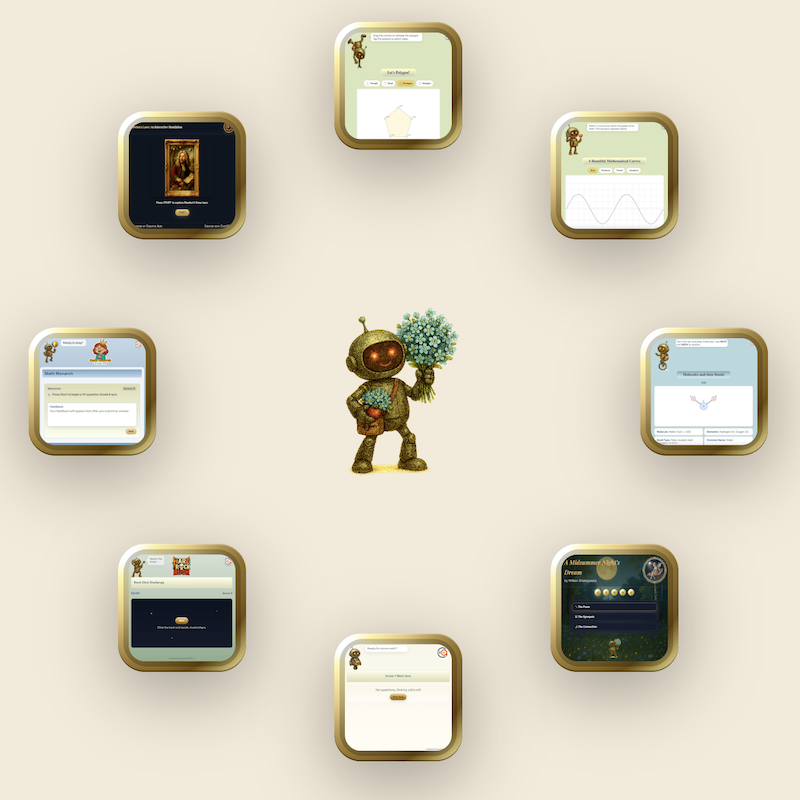According to Gartner, a metaverse is “a collective virtual space, created by the convergence of virtually enhanced physical and digital reality.”
As technology continues to touch and transform every aspect of our lives, it’s interesting to imagine how learning would happen in the metaverse.
Imagine a place where everything that can be digital, is digital – and whatever we experience is either Virtual Reality or Augmented Reality – except of course, the things that are absolutely personal and have a tactical value for us – for instance our beds, our clothes, and our food.
Mixing the Realities of the Future:
The MR Future:
Imagine that you wake up on a beach in Bahamas where you open your eyes to see the waves and hear their sound mingling with your favorite song. Then you get up, find your slippers and push a button on your phone. The beach and the ocean vanish and the wall of your room emerges. When you shut the door of your bathroom, a signal goes to the coffeemaker in the kitchen, which whirs into action, along with the bot-maid. You step out of the bathroom and find the bot-maid waiting for you with coffee. This, of course, is a glimpse from a possible future.

The VR Future:
Imagine your home-entertainment changing into a pod that you enter and lie down in – and being transported to a place of your choice or you watch a movie by “stepping inside it virtually.”
The Metaverse Future:
Now, imagine going to work by logging in virtually, entering your virtual workplace, meeting your coworkers virtually, and so on. Imagine owning a piece of land in this virtual world, building a house (by engaging a 3D artist,) acquiring assets (bought from the NFT marketplaces within the metaverse, going to a virtual academy to learn new skills, making friends in your virtual neighborhood, attending concerts in the metaverse….
Republic Realms, a real estate company of the US has spun off its metaverse real estate development arm into Everyrealms. They are buying land in different metaverses with an aim to develop it by building malls, concert halls, gaming arenas, learning academies, and so on. Among their investors are Coinbase and Paris Hilton.
In fact, imagine almost everything that you do in real life, happening online – virtually, being experienced by your avatar. Think of your physical reality connecting with your virtual reality in many different ways.
If the change-averse ID in you says,” but hey, that’s the future, isn’t it?” I’d like to remind you that metaverses exist. We already have Decentraland, Sandbox, Roblox, and a many other metaverses. Though these metaverses aren’t connected with one another yet (and hence the universal metaverse is still a thing of the future,) but they are indicative of things to come.
Quite recently a wedding reception was organized in the “Hogwarts” metaverse. (Read about Dinesh and Janaganandhini’s Metaverse Wedding Reception here.)
An IIT-Madras project assoiate Dinesh (SP) Kshatriyan got together with the Indian blockchain firm Polygon, and the Mixed Reality company Tardiverse and built his own little virtual world based on the Harry Potter books.In the hall, he and his wife staged their wedding reception, which was attended by the guests he had invited through Twitter.
Inhabiting the Metaverse:
As a Learner:
The obvious extension to the metaverse story is that as a learner you’ll find yourself learning virtually. You’ll be enrolling in virtual schools and colleges, meeting your friends virtually (not that you can’t meet them actually – but in the metaverse, you’d be meeting their custom-avatars,) you’ll meet your teacher virtually – perhaps listen to and watch your teacher’s hologram; you’ll do your practicals not in a real lab but a virtual one; and finally, you’ll take your exams virtually.
As an Instructional Designer:
If our learners learn virtually, we will have to create content so that it may be consumed in the virtual world. The next step would probably be to create that part of the metaverse, which contains the content that the learner may discover and learn from. I believe that the universal metaverse will contain smaller learning metaverses that will be brought alive by instructional designers and other elearning developers.
Instructional designers will be required to develop content with the metaverse possibilities in mind. So the while applying instructional design, we will have rethink the learning paradigm. For instance, we will need to review the impact of the following on how we design and develop learning interventions:
- virtual social networking
- metaverse exploration possibilities
- 3d learning asset creation possibilities
- hologram technology
Learning in Metaverse – An Example:
Imagine a biology lab in the metaverse. The 3D skeleton will allow the learner to interact with it, pull the bones out, rotate them, learn their names, and then put them together again. The specimen in the jars would be replaced by 3D imagery of the organ. A dissection would/could be done virtually. And now, the clincher. I doesn’t just end here, the students will be able to be there, talk to one another, even to their teacher – through their virtual avatars.

That is going to be the future of learning (and more) …in perhaps a decade or so.
Are we, the instructional designers, teachers, and trainers of the world, ready for it? I think we need to be aware of the technological changes that are sweeping the world. We need to look beyond the technology of today and develop a vision for the future.
Image Credits:
Beach Umbrellas:
Human Anatomy:





Leave a Reply